|
What is Parylene?
Parylene is the
generic name for the
poly-para-xylylenes.
These materials form
linear,
highly-crystalline
polymers but can be
usefully produced
only as coatings and
films. The most
commonly used is
Parylene C, the
mono-chloro
substituted
compound. Parylene
N, the
un-substituted
compound, has better
high-frequency
dielectric
properties, better
penetrating power
for coating the bore
of very small
diameter tubes, and
is often preferred
in medical
applications.
Parylene D, the
di-chloro-substituted
compound, has better
high temperature
endurance.
|
|
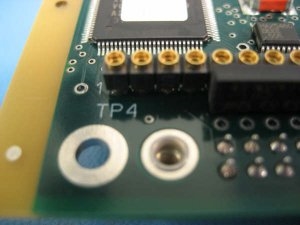



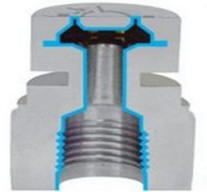
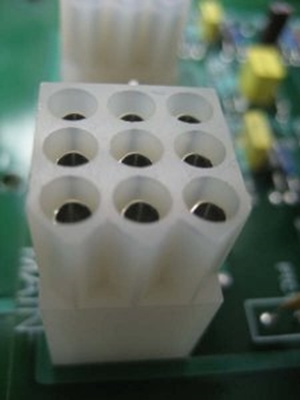 |
|


|
|
|
The Parylene Coating
Process
The Parylene process
is unique in coating
technology and is
best described as a
vapor deposition
polymerization. It
is carried out under
vacuum and requires
specialized
equipment.
-
The process
begins with
sublimation at
about 150°C of
the high purity
crystalline
dimer
di-p-xylylene.
-
The vapor is
pyrolised at
about 650°C to
form the gaseous
monomer which
has an olefinic
structure.
-
The coating
chamber is at
room
temperature. The
vapor condenses
on all surfaces
equally and can
pass through
holes as small
as 1μ. It then
spontaneously
polymerizes to
form a product
with a high
degree of
crystallinity.
The coating is
absolutely
conformal and
can be laid down
in thicknesses
from a few
angstroms to 50
microns or more
depending on the
requirements of
the end use.
|
|
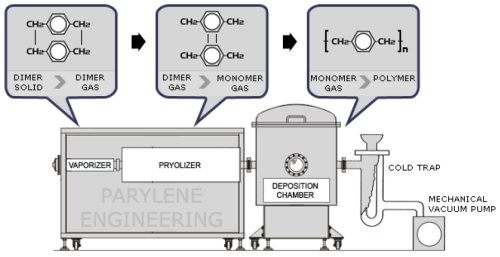 |
|
|
Parylene is applied
at room temperature
with specialized
vacuum deposition
equipment that
permits control of
coating rate and
thickness. The
deposition process
takes place at the
molecular level as
the chemical, in
dimer form, is
converted under
vacuum and heat to
dimeric gas;
pyrolized to cleave
the dimer; and
finally deposited as
a clear polymer
film.
The material is
applied at .0002-in
per hr. Coating
thicknesses from
.100 to 76 microns
can be applied in a
single operation.
Typical coating
thickness for
circuit boards is
.00 I-in.
|
|
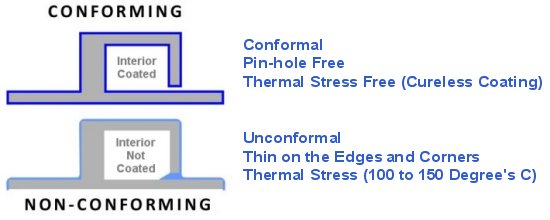 |
|
|
Because it is a
gaseous process
every surface is
coated identically
unless masked to
prior specification.
It is perfectly
uniform over and
inside of all
surfaces. No other
process can make
this claim. |
|
|
Parylene General
Properties Benefits
-
MIL-I-46058C,
Type XY approved
-
FDA approved
--USP XXII,
Class VI
bio-compatibility
rating
-
UL listed
-
Completely
pin-hole free
barrier coating
-
Fully conformal
on any type of
surface material
or design
-
Inert
transparent
polymer
-
Meets NBC
requirements
(ARlO / AFR80-38
/ Navinst
3400.2)
-
Barrier to
oxygen,
moisture,
chemicals,
solvents, and
carbon dioxide
-
Thermal
mechanically
stable between
-200°C and 150°C
-
Extremely high
dielectric 5,000
volts per 0.001"
minimum
-
Excellent
adhesion
properties
-
Low stress
coating that
does not form
sites prone to
crack initiation
-
Low / minimal
impact on
package cooling
-
Hydrophobic
-
Barrier to ionic
and moisture
species
-
Chemical and
fungal
resistance
-
Non-contaminating
coating and
coating process
--no solvents,
catalysts or
other
by-products are
introduced
during coating
-
Entire process
is accomplished
|
|